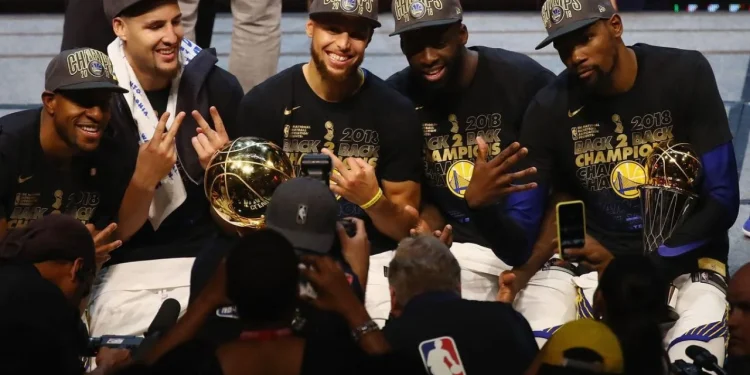In the last decade, the landscape of American sports has undergone a seismic shift with Parity. Gone are the days of predictable dynasties dominating the NFL, NBA, NHL, and even MLB, where the concept of a dynasty seemed far-fetched due to playoff unpredictability. Instead, the present-day sports scene offers a blurrier divide between good teams and great ones, raising questions about the impact of increased parity on the thrill of competition.
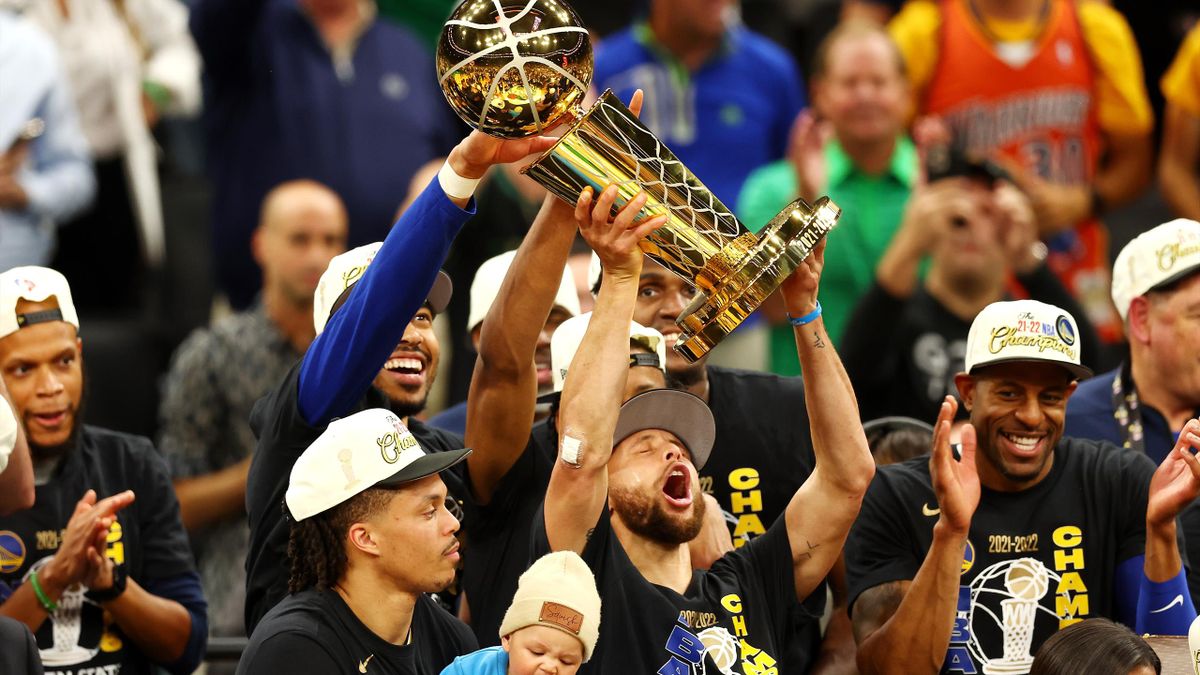
The Challenge of Sustaining Dominance
During the 2010s, sports fans witnessed the sheer dominance of teams like the New England Patriots in the NFL and the Golden State Warriors in the NBA. These teams not only dominated their leagues but also captivated fans with their consistent excellence. Fast forward to today, and the narrative has taken a twist.
Recent statistics, like those from the NBA, show a staggering trend: the last five champions failed to advance past the second round in the following playoffs. This fact, highlighted by The Athletic, points to an era where sustaining dominance has become increasingly challenging.
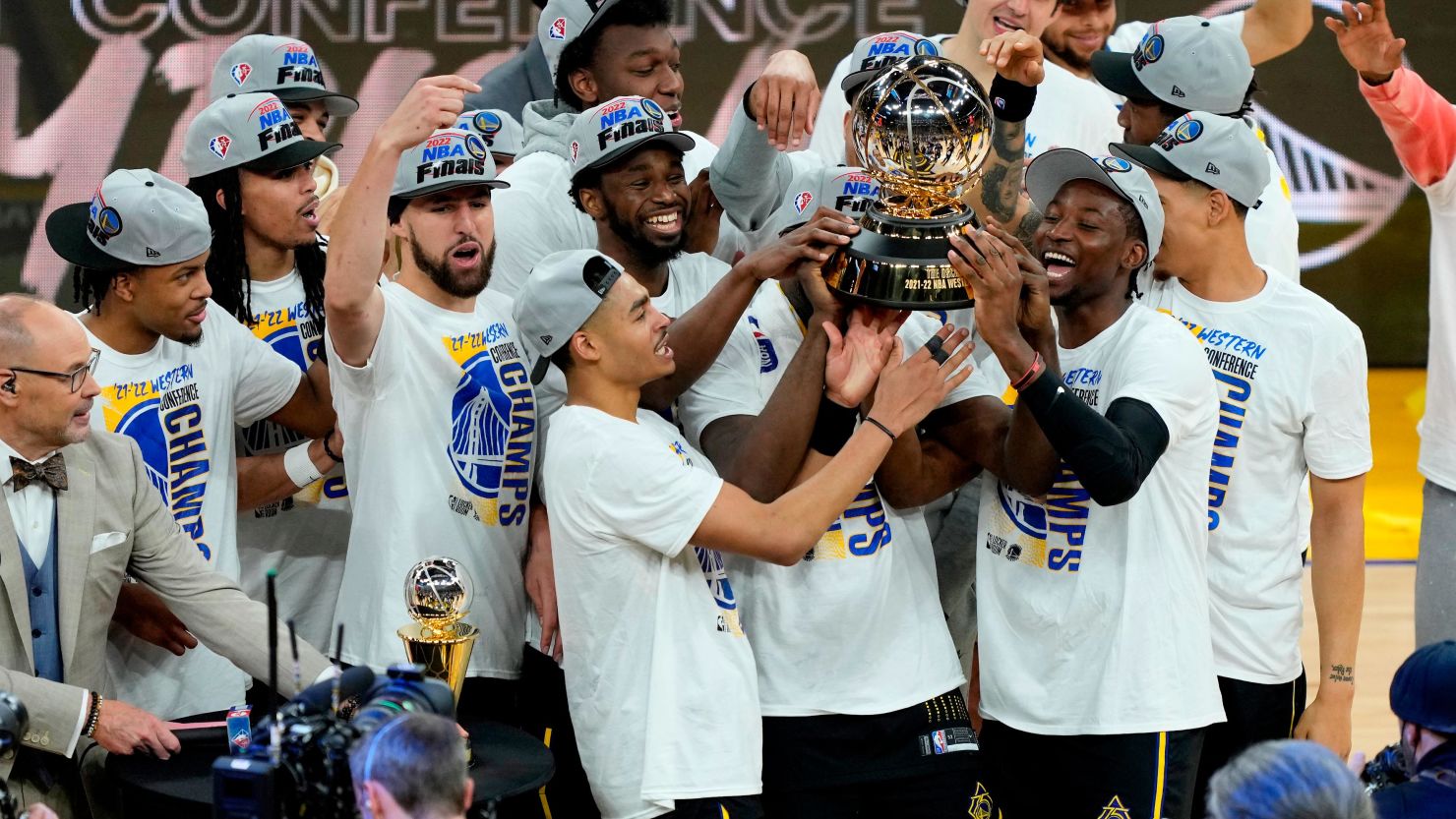
This phenomenon isn’t confined to basketball. In football, despite the presence of standout teams like Patrick Mahomes’ Kansas City Chiefs, no team has truly separated itself from the pack. The NFL, known for its parity, seems to have leveled the playing field even more, making each season unpredictable.
The Era of Sports Parity
“There’s something special about rooting against Goliath, but when there’s no Goliath, David’s victory feels less monumental,” suggests a sports analyst from The Athletic. This sentiment captures the essence of the current sports environment. Without clear juggernauts or dynasties, the underdog stories, while inspiring, lose a bit of their luster because the giants they topple aren’t as formidable or revered as they once were.
The past era had its fair share of competitive balance with legendary rivalries and iconic moments. Tom Brady, Stephen Curry, LeBron James, and Sidney Crosby, among others, not only led their teams to multiple championships but also faced worthy adversaries who could dethrone them at any moment. This level of competition made each victory more meaningful and each championship runs more thrilling.
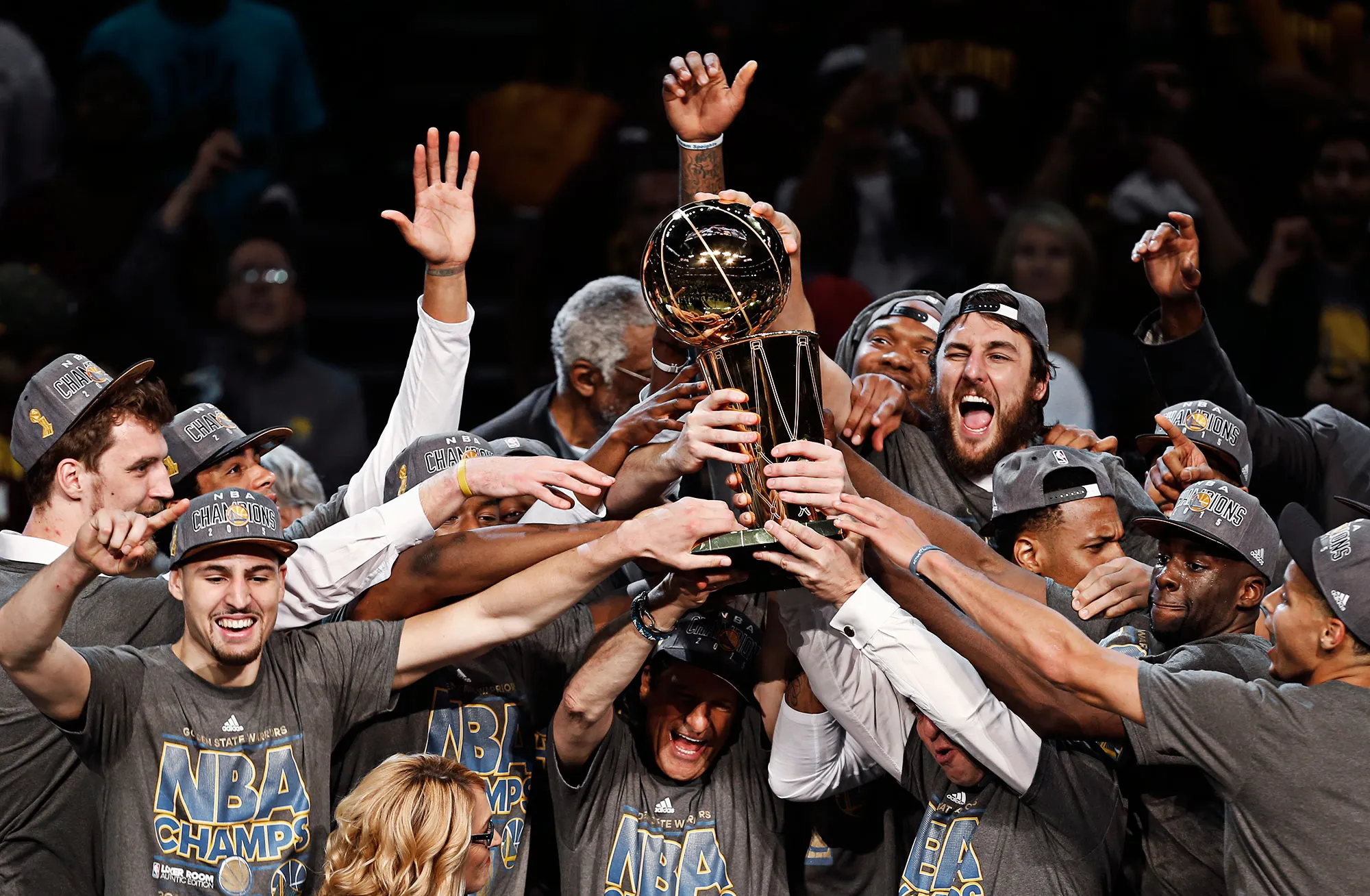
The Double-Edged Sword of Parity
From a fan’s perspective, the shift towards greater parity can be a double-edged sword. On one hand, it means their team has a better chance of making a surprising run in the playoffs. On the other, it can diminish the overall excitement of the postseason when there are no “Clash of the titans” matchups to look forward to.
For franchises, this era of parity requires a different approach. The focus is no longer solely on building a powerhouse but also on maintaining flexibility and depth to adapt to the more competitive and unpredictable nature of leagues. This shift is evident in team strategies during drafts, trades, and free agency, where the emphasis is increasingly on building well-rounded teams rather than relying on a few superstars.
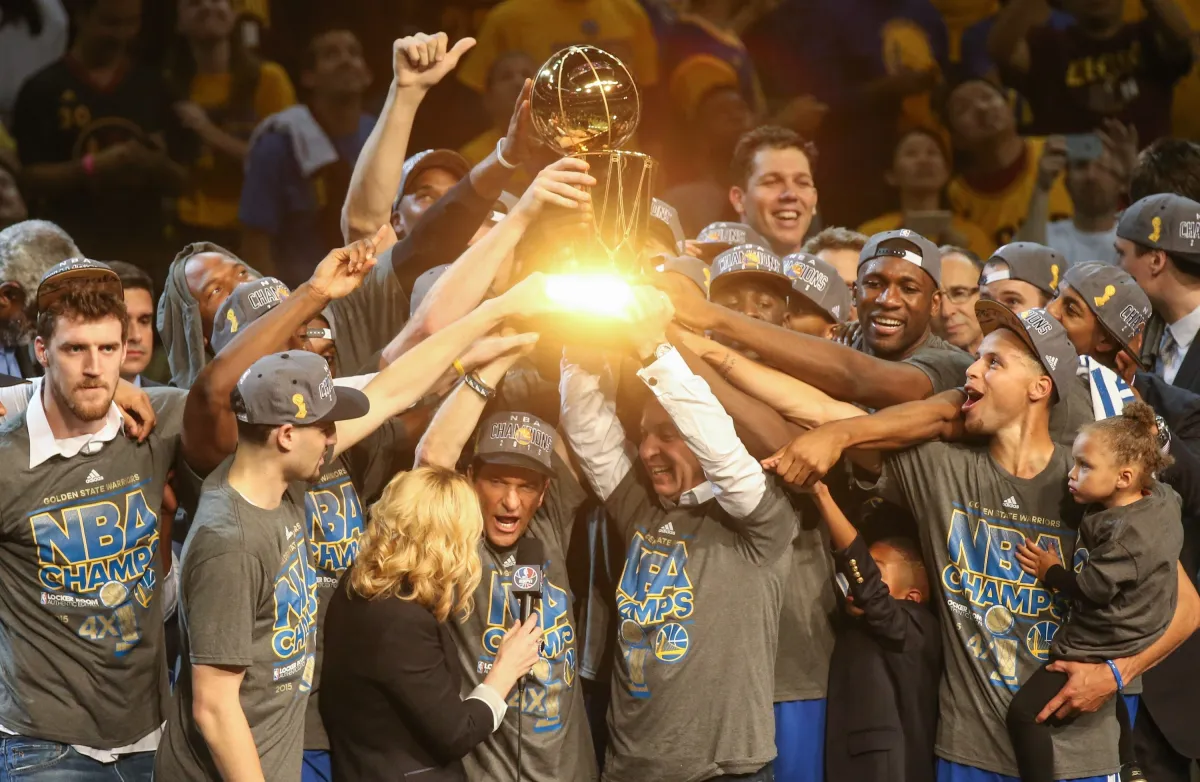
The Parity Debate in Sports
As the sports world continues to embrace parity, the debate over its impact remains lively. While some applaud the unpredictability and inclusivity it brings, others mourn the loss of dynastic dominance that once defined the essence of competition and storytelling in sports.
In any case, the evolution of American sports towards greater parity is reshaping how games are played, championships are won, and legends are made. Whether this leads to a more engaging or diluted sports experience may depend on what one cherishes most about the games we watch.



